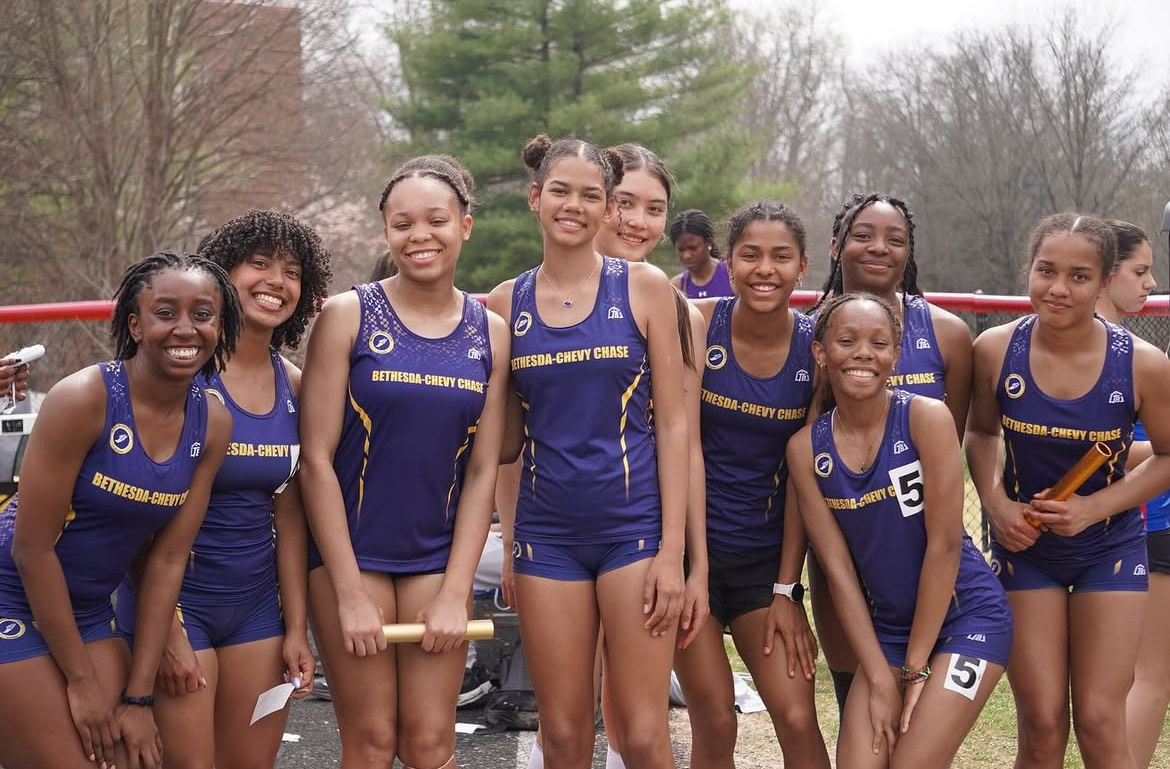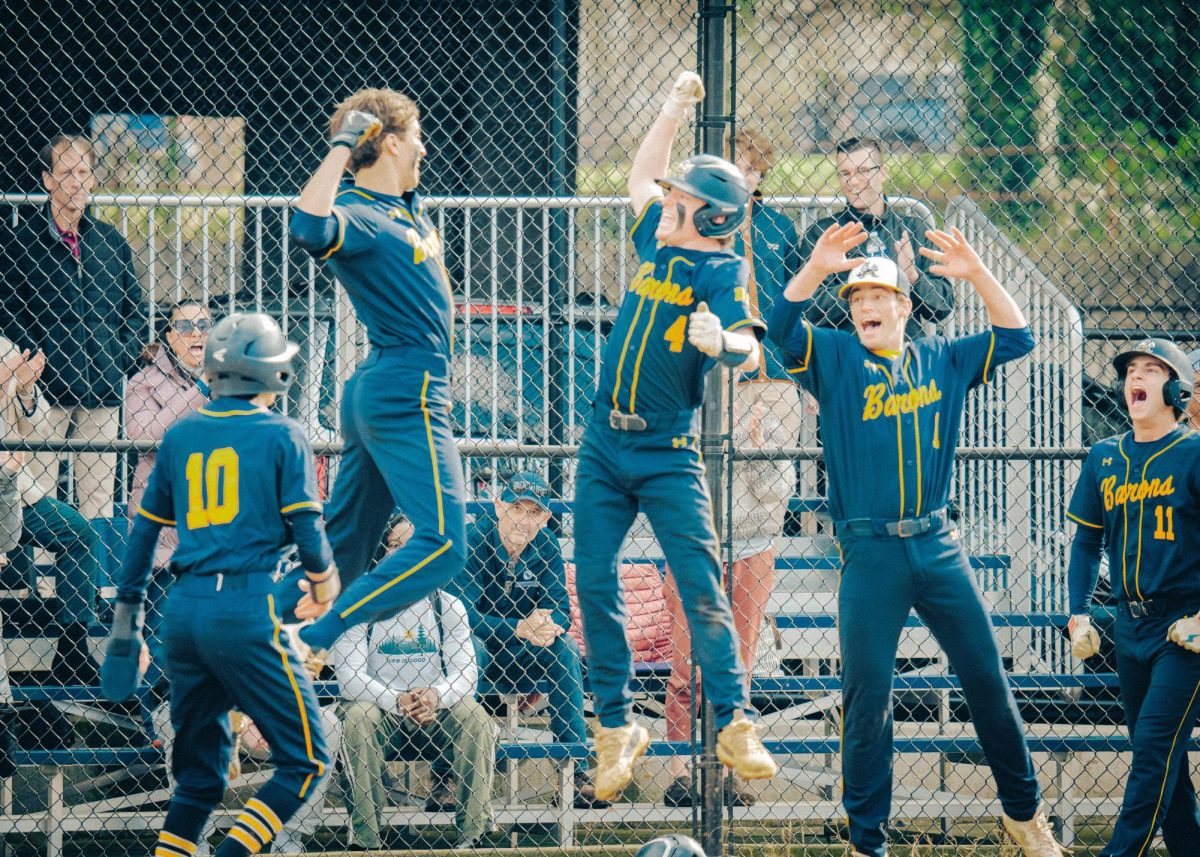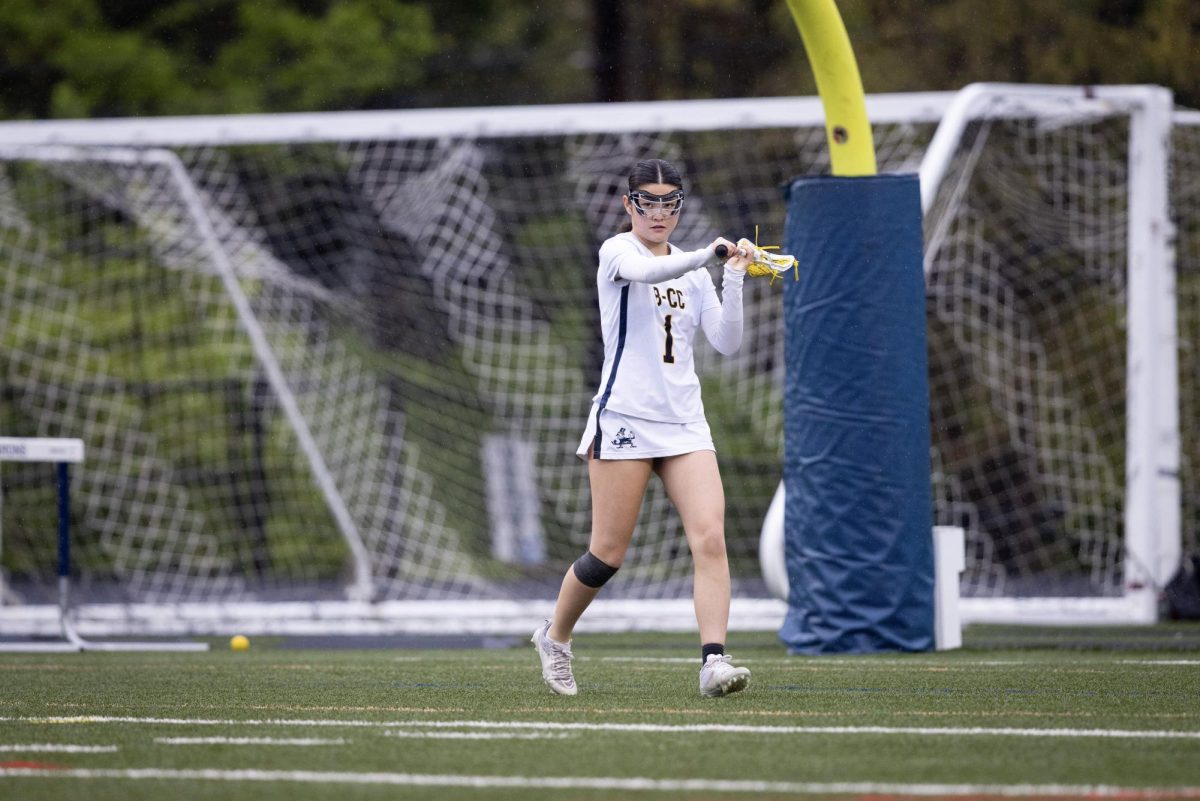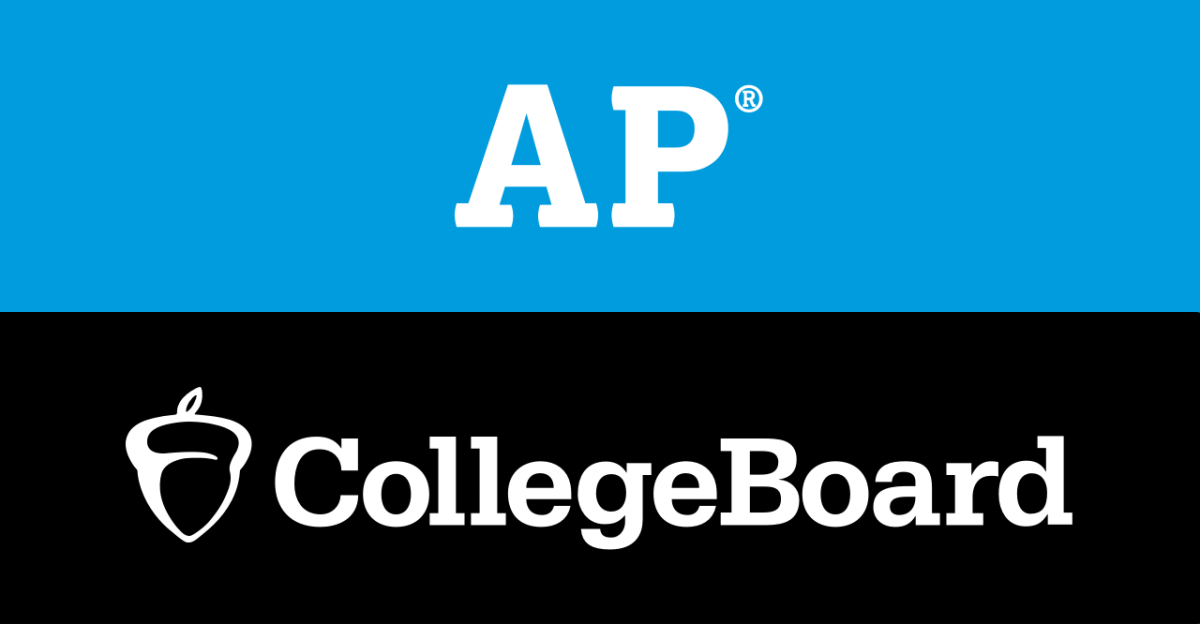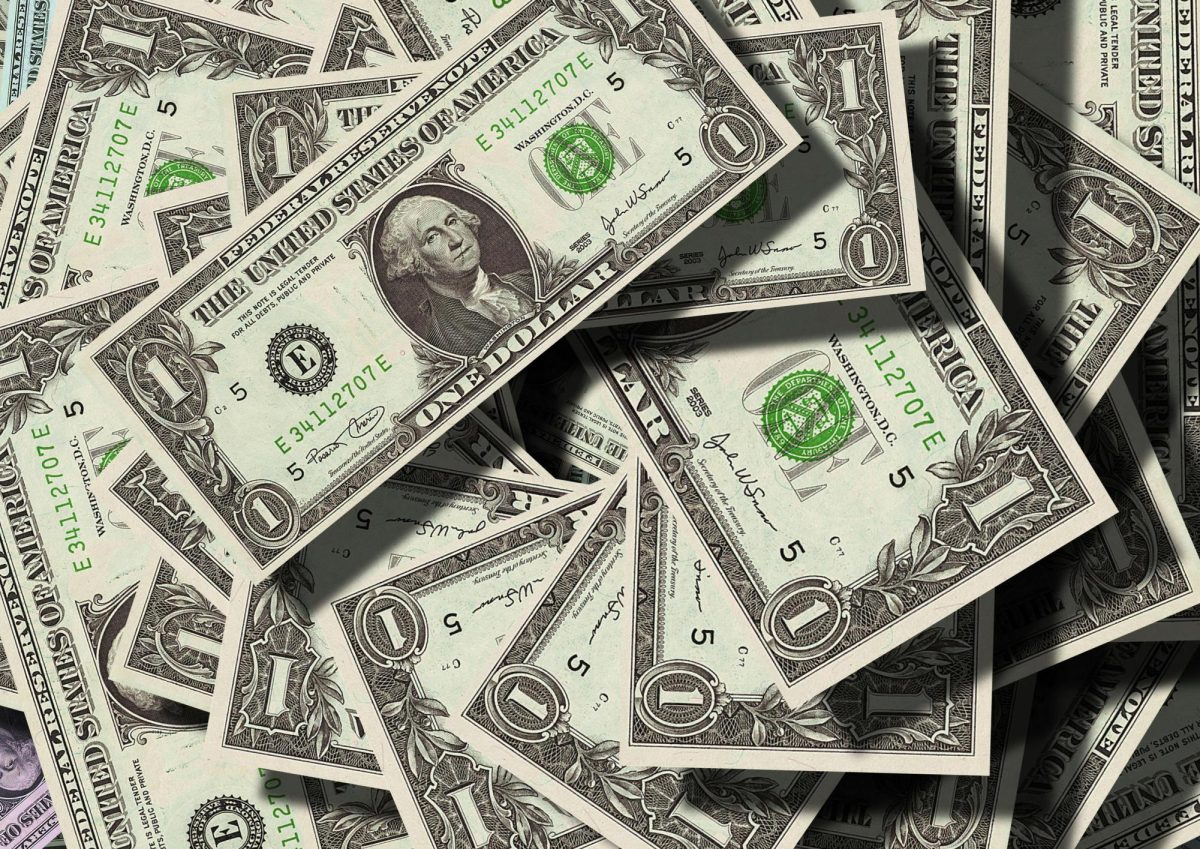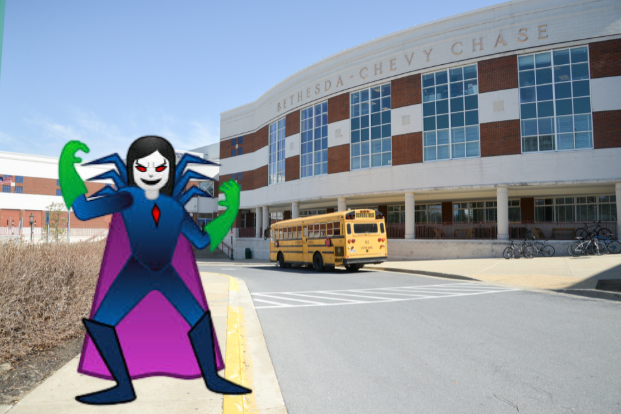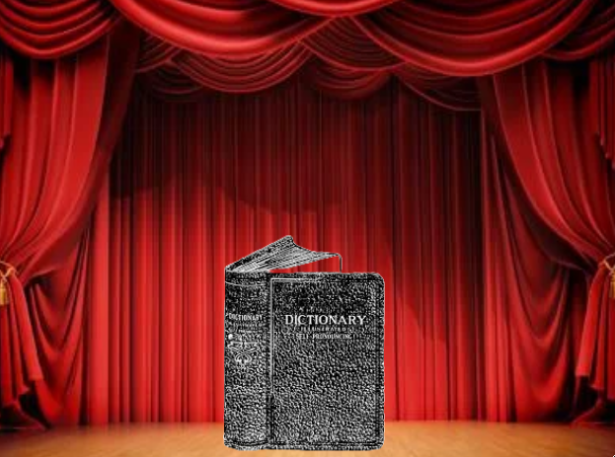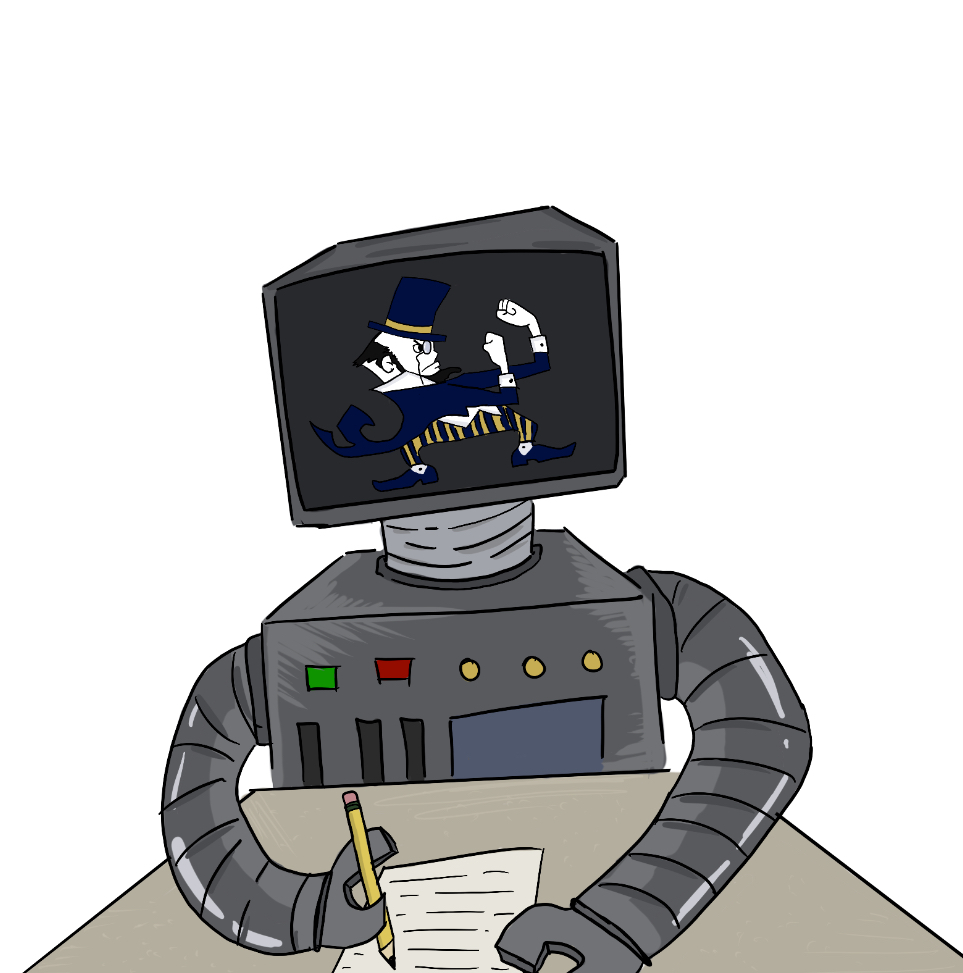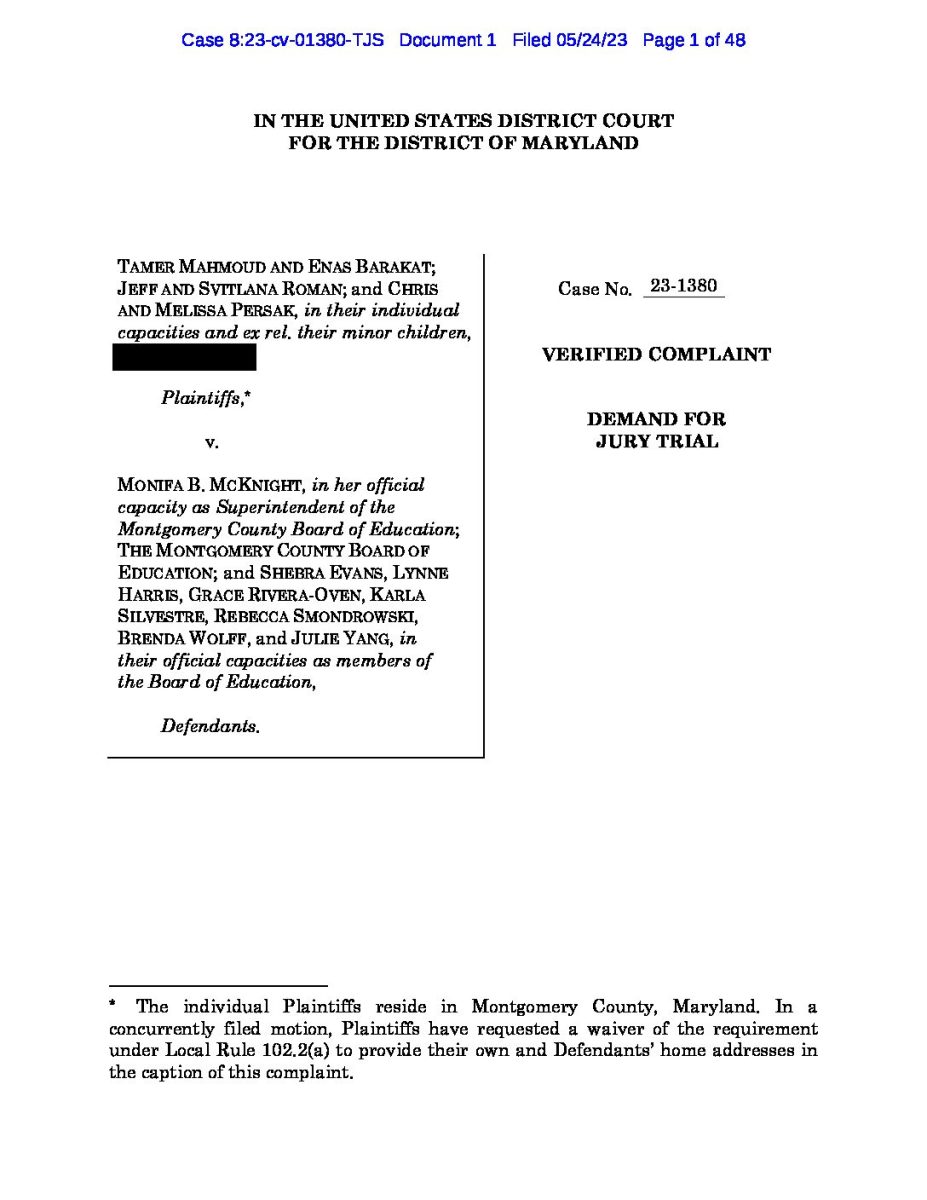On February 9, 2025, Pulitzer Prize-winning American rapper Kendrick Lamar delivered a revolutionary halftime performance at Super Bowl LIX. Packed with intricate symbolism that addressed racial inequality, governmental control, and societal unrest, Lamar’s performance left the audience — and media — stunned.
Many fans anticipated Lamar’s use of symbolism, as his music commonly references the complexities of Black life in America. However, others hoped for a more traditional performance, claiming that the show was “boring” and lacked lots of Lamar’s popular songs. Still, millions were astonished by the level of attention to detail.
The stage itself resembled an enormous video game controller, with various shapes present on a PlayStation controller appearing in the four corners of the platform. The most dominant interpretation of this clear symbol was how those in power manipulate society as if it were a game.
At the start of the show, a voiceover from Uncle Sam, played by Samuel L. Jackson, asked, “Do you know how to play the game?” Uncle Sam, a long-standing symbol of the U.S. government and its authority, was portrayed as a puppet master controlling the narrative and lives of the people.
Some also interpreted the character as an “Uncle Tom” figure — a Black person who is subservient to white authority, like the title character from Harriet Beecher Stowe’s “Uncle Tom’s Cabin.” Viewers were left debating whether the character was meant to represent oppression or complicity in the system — or both.
Lamar’s lyrics alone proved to be loaded with layers of symbolism, addressing governmental injustices and the growing unrest of many Americans. He opened the performance by saying, “The revolution’s about to be televised. You picked the right time but the wrong guy;” this was a reference to “The Revolution Will Not Be Televised,” a song by 1970s artist and activist Gil Scott-Heron. Lamar suggested that change was now unavoidable and that those in power had underestimated the leaders of this new movement. The line took on even more weight because President Donald Trump was present at the game, leading many to speculate whether the line was a direct challenge to his influence.
Throughout the performance, the dancers’ swift movements and formations carried numerous hidden messages. The dancers were positioned in such a way that, when viewed from above, they resembled an American flag. However, at key moments, sections of the “flag” faded, symbolizing the erasure of marginalized voices in American history. Another discreet detail was one moment where a group of dancers stood to form a circle while all other dancers surrounding them lay on the floor, signifying how the wealthiest and most privileged individuals — the “inner circle” — maintain their status while the majority struggle beneath them.
Lamar refused to leave any space untouched and without deeper meaning — even the mere shadows of individuals proved as significant symbols in the performance. Each lamp post held one dancer stretched atop it, evoking The Hanged Man tarot card — a symbol of sacrifice, enlightenment, and forced change, nodding to the ongoing fight for justice.
As the performance reached its conclusion, Lamar locked eyes with the camera before a final message appeared on the screen: “Turn the TV off.” The closing statement urged viewers to disengage from capitalist ideals like passive consumerism and conformity and to finally confront the realities beyond the spectacle.
Many look forward to the Super Bowl Halftime Show for its popular artists and flashy visuals. However, with the President of the United States attending one of the most significant events in American entertainment for the first time in history, Lamar seized the opportunity to challenge the rules of the performance and send a message to the world. He did so successfully, as evidenced by the show’s heavy impact on media: not only did the show go viral on TikTok, but news stations and magazines were flooded with articles on the performance’s intricate themes and bold statements.
Although his performance was jam-packed with constant symbolism, Lamar knew that he still needed elements to keep his audience engaged. He sang some of his most popular songs, such as “Not Like Us” and “All The Stars,” even bringing out hit singer-songwriter SZA and passionately rapping lines that called out Canadian rapper Drake, satisfying viewers’ expectations for more “beef” between the two.
With a performance that challenged, provoked, and unsettled, Kendrick Lamar turned the biggest stage in sports into a moment of reckoning, leaving audiences to question the aspects that shape their reality and how they ought to respond.






